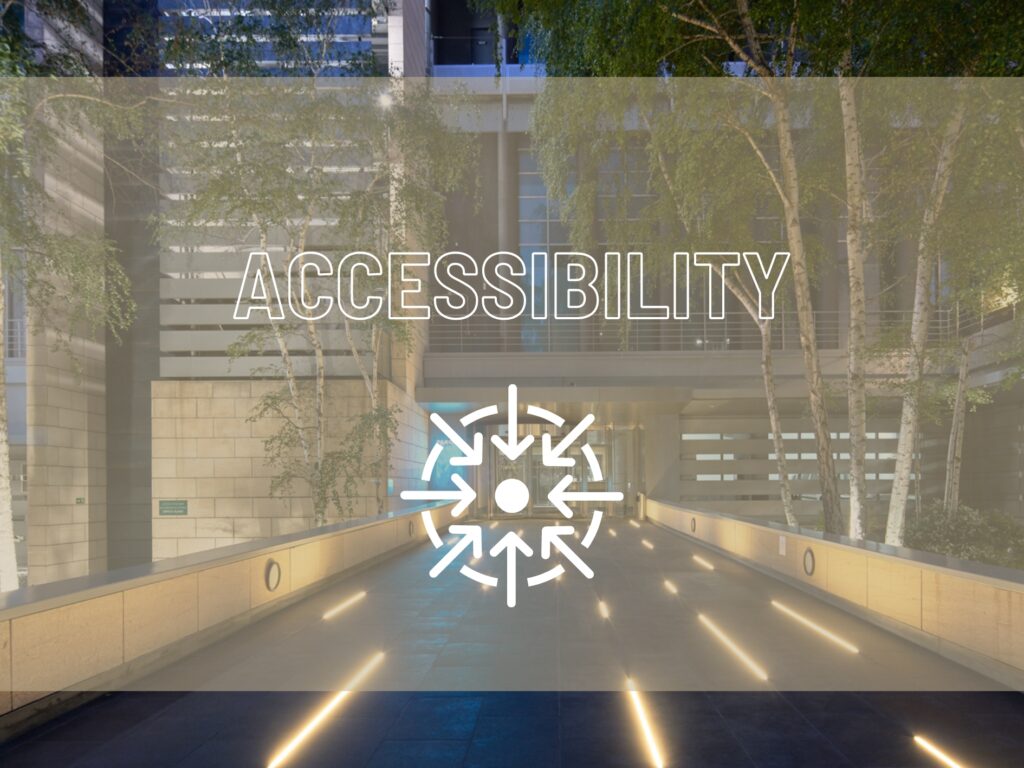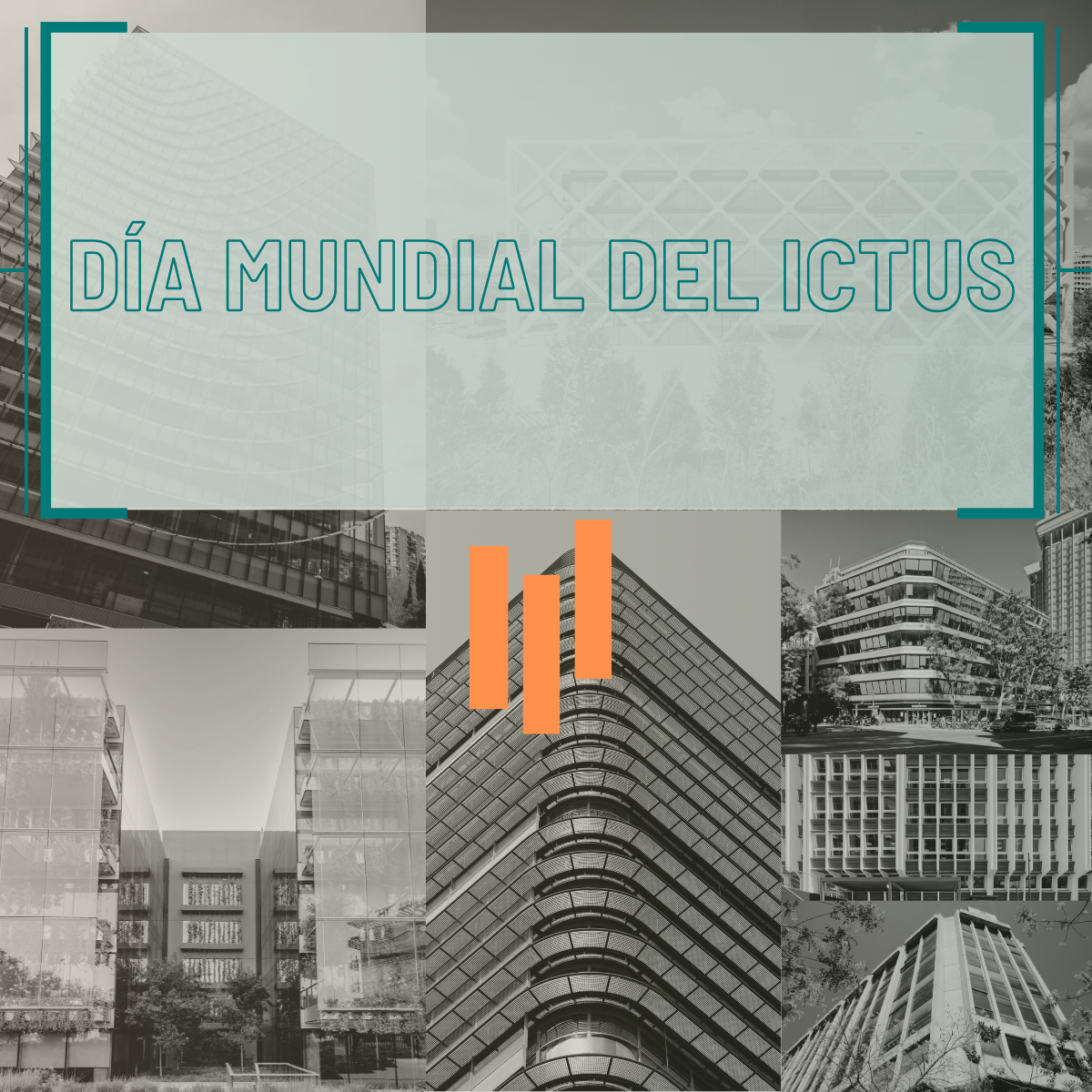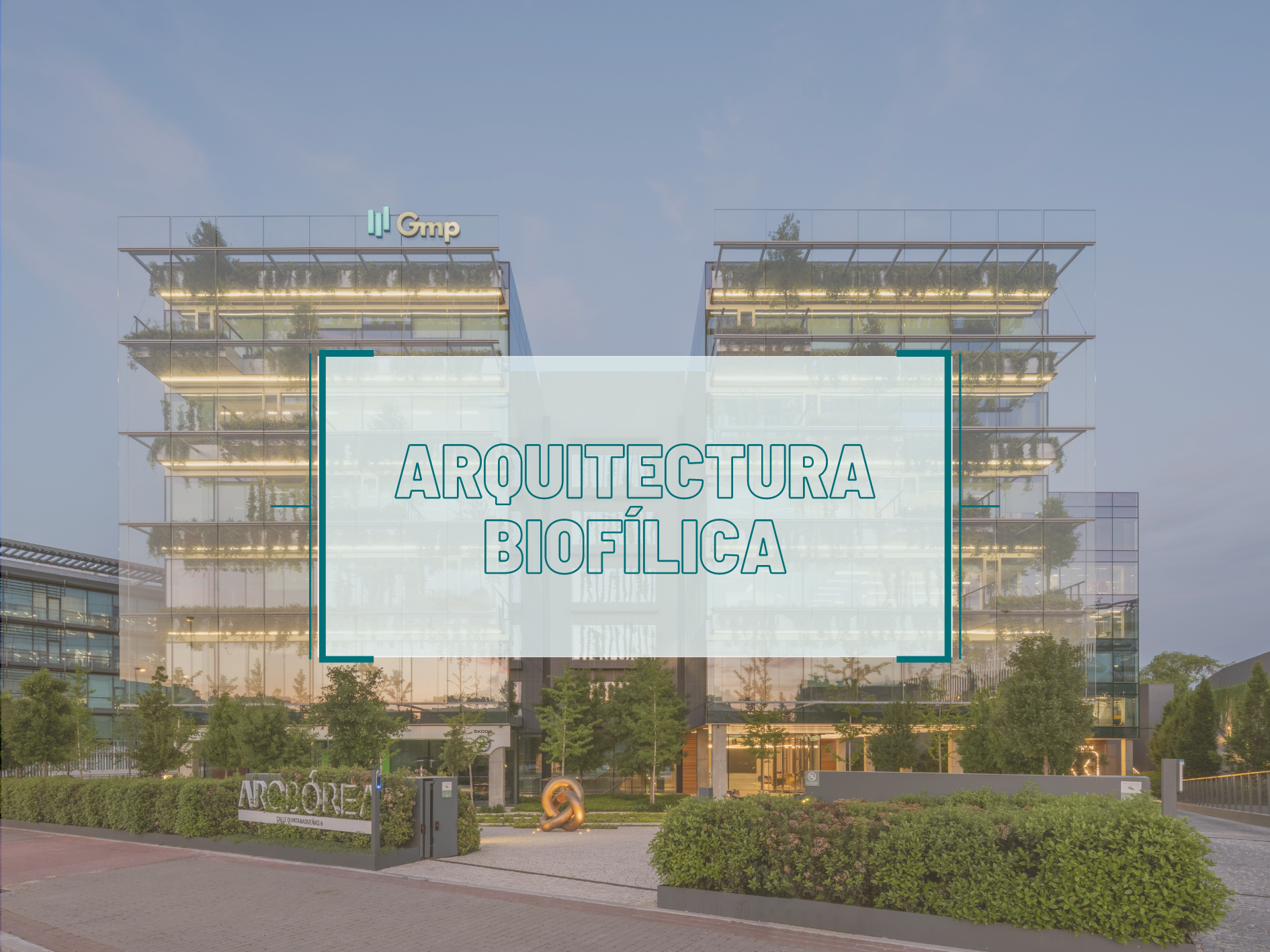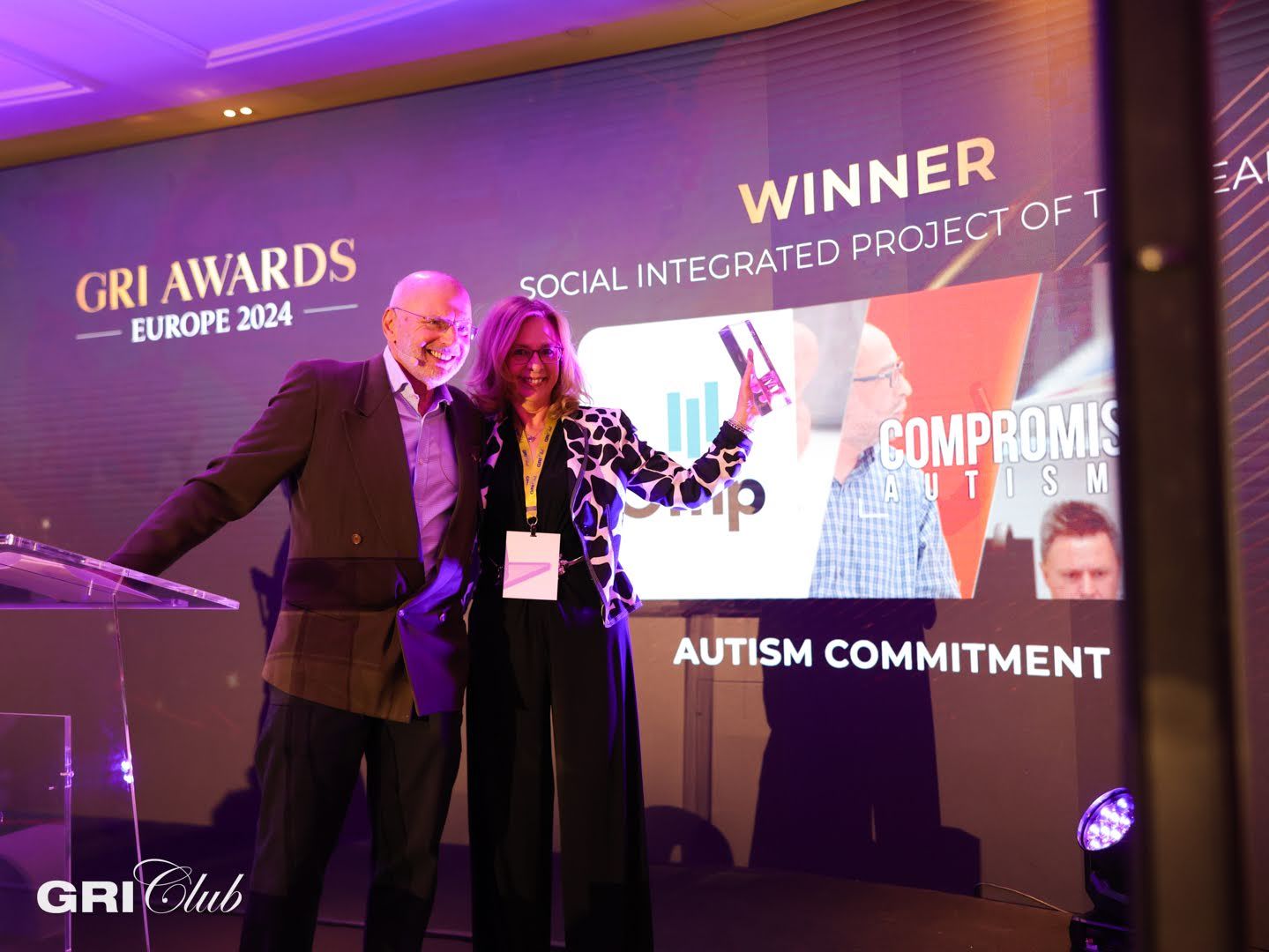Today, accessibility is an essential component in the design and construction of office buildings. It is not only a matter of complying with legal regulations, but also of promoting an inclusive culture that allows all people, regardless of their physical abilities, to access a building without encountering any barriers.
It is essential to create working environments that are accessible to all, recognising that accessibility is a fundamental right and a pillar of equal opportunities.
Why is accessibility in office buildings important?
Social inclusion: Accessibility ensures that all people, including those with disabilities, can participate fully in working life.
Legal compliance: In many countries, there are laws and regulations that require buildings to be accessible. Complying with these requirements is essential to avoid penalties.
Improved productivity: An accessible environment facilitates movement and interaction, which can increase the productivity of all employees. This benefits not only those with permanent disabilities, but also those with temporary disabilities.
Corporate image: Companies that invest in accessibility are seen as responsible and committed to the well-being of their employees and customers.
In addition, to achieve a truly accessible office building, it is essential to consider a number of criteria and aspects from the design phase through to the day-to-day operation of the building. These are some of the most important ones:
- Ramps and lifts: Including ramps with adequate slope and accessible lifts is crucial. Automatic doors also facilitate access.
- Inclusive signage: clear, easy-to-read signs in Braille and contrasting colours help people with visual impairments.
Interiors
- Lobbies: accessible reception and service point by design.
- Corridors and doors: corridors must be wide and doors must be wide enough to allow wheelchairs to pass.
- Accessible toilets: toilets must be adapted with grab bars, accessible washbasins and sufficient space for manoeuvring.
- Lifts: they must include visual, auditory and tactile information.
- Adaptable furniture: adjustable tables and chairs that can be configured to individual needs.
- Rest areas: accessible common spaces, including dining rooms and rest rooms, with appropriate furniture and inclusive signage.
- Accessible parking spaces: their main characteristics, dimensions, location and signage have been designed to favour accessibility.
- Information systems: technologies such as voice systems for the visually impaired, magnetic loop or captioned screens for the hearing impaired.
- Digital access: ensure that digital platforms and internal communication systems are accessible to all employees.
- Emergencies inclusive evacuation plan: include specific procedures for the evacuation of people with disabilities, such as emergency lifts and specific signage.

Accessibility at Gmp
At Gmp we are committed to the accessibility of our buildings through the AIS (Accessibility Indicator System) accessibility certification. This certification is already held by Castellana 81, Castellana 77, Oxxeo, Luchana 23, ARQBÓREA, Orense 34, Parque Norte and Génova 27.
Created by the Foundation for Accessibility and SR, the AIS certification is the only international standard that assesses the degree of accessibility of a space, service or product, analysing its conditions of usability, comfort and safety.
To obtain AIS certification, a series of physical, cognitive and sensory measures are implemented in the building to increase its usability.









